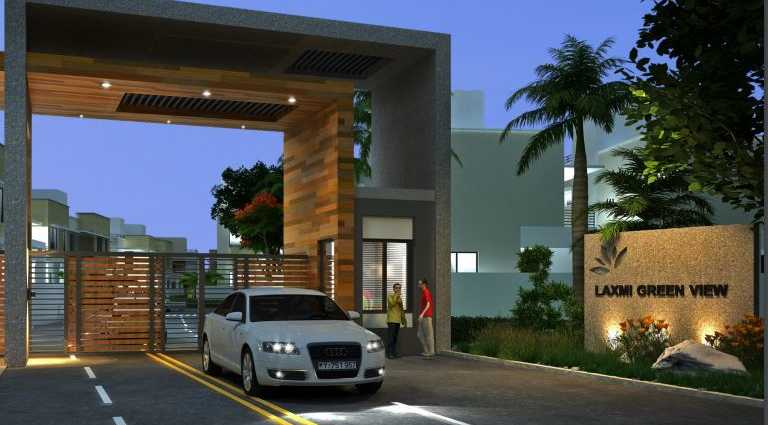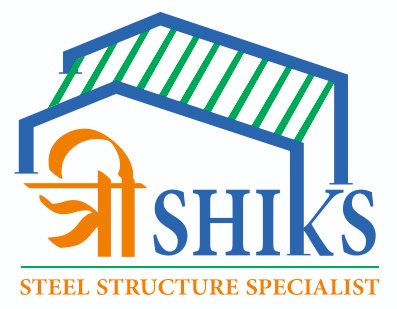Trishiks Engineers and Constructions Private limited
Sale Process

Lead Generation and Client Identification
Target Market:
Identify potential clients such as industrial manufacturers, warehouse owners, real estate developers, and institutional project managers.
Marketing Strategies:
Use online platforms, trade shows, and direct marketing.
Showcase successful past projects in brochures, websites, and social media.
Build relationships with architects, contractors, and consultants who recommend PEBs.
Goal: Attract inquiries from clients interested in PEB solutions.
Initial Client Interaction
Understanding Client Requirements:
Conduct meetings or calls to understand the client’s needs, project type, and intended building usage.
Gather preliminary information:
Dimensions (length, width, height).
Special features (mezzanines, insulation, skylights, etc.).
Site conditions (soil, weather, location).
Preliminary Discussions:
Explain the advantages of PEBs, such as cost efficiency, quick installation, and customization options.
Provide basic technical information and answer client questions.
Goal: Establish trust and collect essential project details.


Requirement Analysis and Feasibility Study
Technical Feasibility:
Evaluate client requirements against standard PEB capabilities.
Assess environmental factors such as wind load, seismic zone, and temperature.
Budget Feasibility:
Analyze the client’s budget expectations and suggest design options that fit within cost constraints.
Goal: Ensure the project is technically and financially feasible before proceeding.
Concept Design and Proposal Preparation
Concept Design:
Prepare basic sketches or 3D renderings of the building to give the client a visual idea.
Proposal:
Include the following in the proposal:
Scope of work.
Preliminary design details (e.g., dimensions, materials).
Cost estimate (inclusive of design, fabrication, transportation, and erection).
Project timeline (design, fabrication, and construction phases).
Goal: Provide the client with a clear understanding of the project scope and cost.


Client Presentation and Negotiation
Presentation:
Present the proposal in detail, highlighting how it meets the client’s needs.
Use visual aids such as 3D models, case studies, or videos of completed projects.
Negotiation:
Address client concerns regarding cost, timeline, or specifications.
Adjust the proposal to include modifications if necessary.
Goal: Finalize project scope, cost, and deliverables with client approval.
Contract Finalization
Agreement:
Draft a contract specifying:
Detailed project scope.
Payment terms and milestones.
Timelines for design, fabrication, and construction.
Warranty and post-construction services.
Approval:
Obtain client signatures and proceed to the next stage.
Goal: Legally formalize the agreement.


Design and Engineering
Detailed Design:
Create detailed structural and architectural drawings.
Conduct load analysis and finalize materials.
Client Approval:
Share the detailed designs with the client for final approval.
Goal: Finalize the technical design for fabrication.
Fabrication and Quality Assurance
Component Manufacturing:
Begin fabrication of steel components in the factory based on approved designs.
Quality Checks:
Conduct rigorous quality inspections for dimensions, material strength, and finishes.
Goal: Ensure high-quality components for on-site assembly.


Logistics and Site Preparation
Transportation:
Plan and coordinate the delivery of prefabricated components to the site.
Site Preparation:
Ensure the site is ready for construction:
Foundation work.
Clearing and leveling.
Goal: Deliver all materials to a prepared site.
Erection and Construction
Assembly:
Components are bolted together on-site by skilled labor under supervision.
Inspection:
Conduct regular inspections during construction to ensure quality and compliance.
Goal: Complete the building erection on time and to specification.


Handover and Client Training
Final Inspection:
Inspect the completed structure with the client to ensure satisfaction.
Documentation:
Provide the client with manuals, warranties, and maintenance guidelines.
Goal: Successfully hand over the completed project to the client.
After-Sales Service
Post-Construction Support:
Offer maintenance services for the building.
Address any concerns related to warranties or defects.
Client Relationship Management:
Stay in touch with the client for future projects or referrals.
Goal: Build a long-term relationship and ensure client satisfaction.

